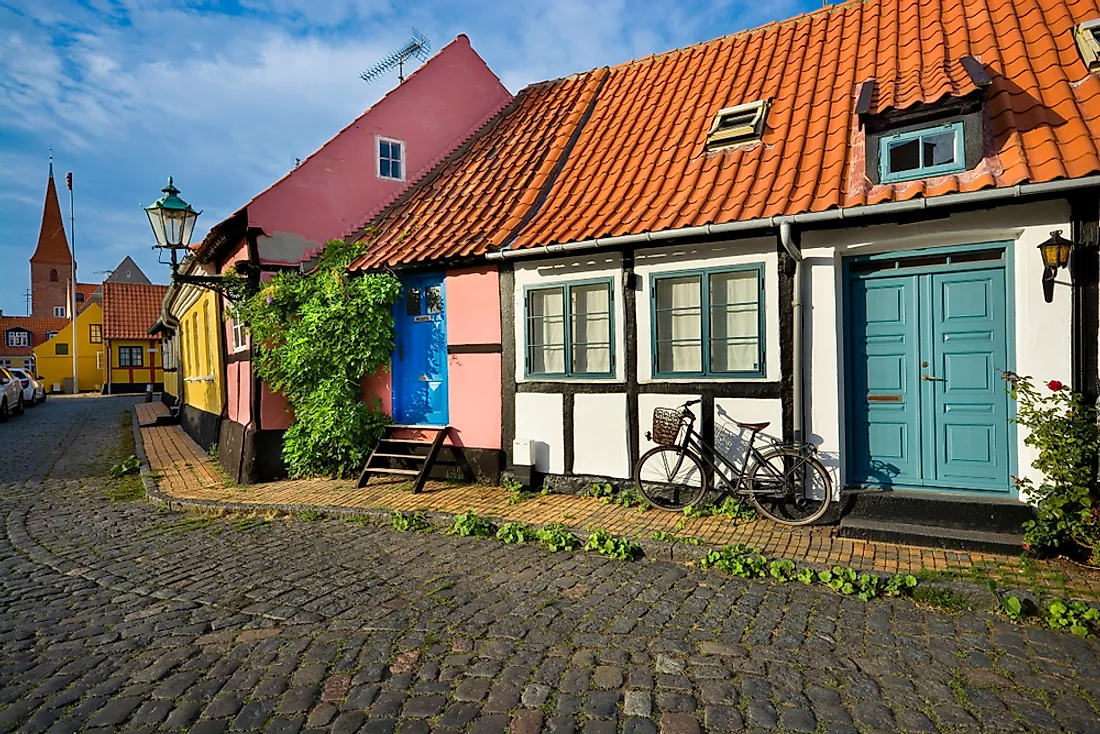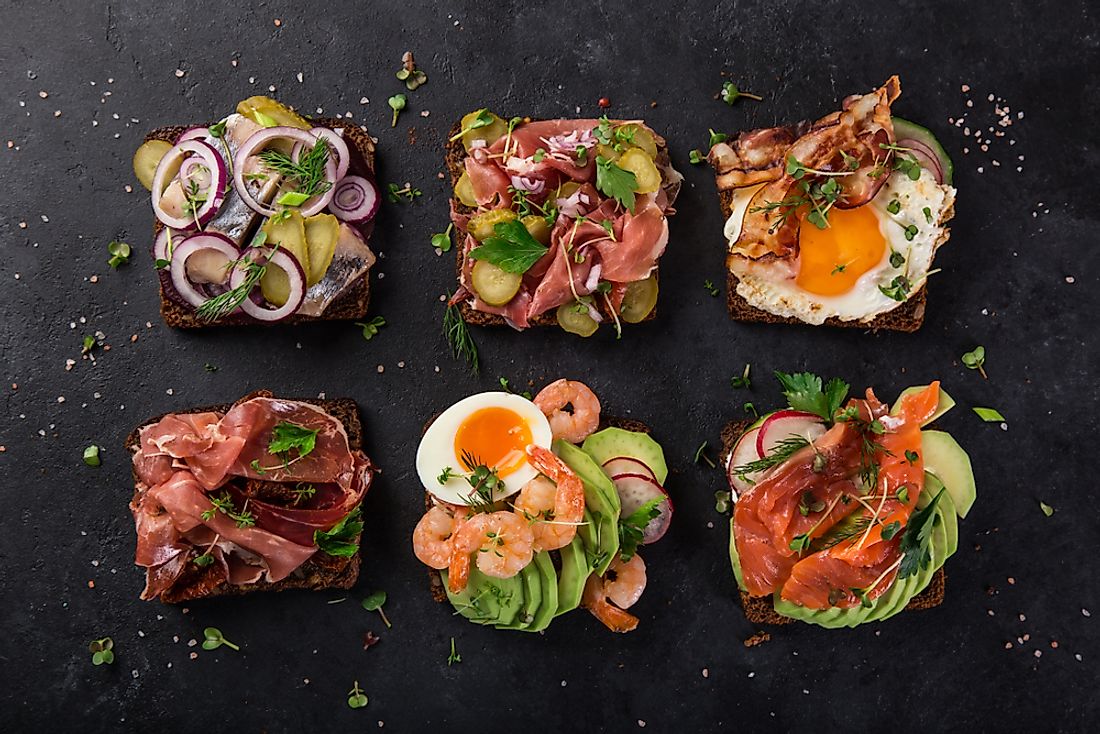The Culture Of Denmark

The Scandinavian nation of Denmark occupies a total area of 42,924 square km and hosts a population of around 5,809,502 people. 86.7% of the country’s population comprises of the ethnic Danish people including the Faroese and the Greenlandic peoples. The ethnic Turkish people and other ethnic groups (Polish, German, Syrian, etc.) constitute 1.1% and 12.2% of the population of the country, respectively. Christianity is the religion of the vast majority in Denmark. Around 76% of the population is affiliated to the Evangelical Lutheran church. Muslims are the largest religious minority making up 4% of the country’s population. Adherents of other Christian denominations and other religions account for the rest of the population.
Danish Cuisine

Danish cuisine is influenced by the local produce of the country. The cuisine was later improved with the use of newer cooking techniques that were developed in the latter half of the 19th century. Smørrebrød or open sandwiches are popular in the country. Meat and fish are the main ingredients of everyday meals. Roast pork with crackling called flæskesteg, frikadeller or meat balls, fried sausage, breaded pork patties, etc., are also part of the Danish cuisine. Modern-day cooking in Denmark is also inspired by global cuisines. Imported tropical spices are often used to add flavor to traditional dishes.
Danish Art
Although the history of Danish painting can be traced back to centuries, the Golden Age of Danish Painting began only in the 19th century. Earlier, Danish painting was visible primarily in the form of frescos in churches. Landscape painting inspired by the country’s magnificent landscapes became popular with Christoffer W. Eckersberg popularising the art form in the country. In the 19th century, several towns in the country developed as artists’ colonies. Artists from across the nation traveled to these places to paint the places and the people.
Literature In Denmark
Denmark has a rich literature scene. The country has produced many world-renowned authors like the fairy tale writer Hans Christian Andersen, the storyteller Karen Blixen, and the playwright Ludvig Holberg. Peter Høeg is one of the most well-known Danish writers of the modern times. Others include Benny Andersen, Klaus Rifbjerg, Kirsten Thorup.
Performing Arts In Denmark
Denmark has a rich and thriving music scene. Carl Nielsen from Denmark was an internationally renowned classical music composer. The Royal Danish Ballet is also a world-famous classical ballet company based in Copenhagen. Jazz music is also popular in Denmark and the great success of the Copenhagen Jazz Festival proves the fact. Danish bands like Aqua, Michael Learns to Rock, Kashmir, D-A-D, etc., represent the modern rock and pop scene in the country.
Denmark also has its own film industry. In recent times, films produced by this industry have been recognized abroad. Some films have also won Oscars. Many theaters exist throughout the country which put on both Danish and foreign performances. Ludvig Holberg is often regarded as the founder of the Danish theater.
Sports In Denmark
Sports is highly popular in the country with its citizens actively participating in a wide variety of sports. Football is regarded as the national sport of Denmark. Marine sports are also hugely popular in the country. Its numerous beaches are well-known for fishing, kayaking, canoeing, etc. Denmark is also internationally renowned for speedway racing and has won several world championships in this game. Denmark has also emerged as a strong cycling nation in recent times. Cycling is one of the most favored modes of transport in much of Denmark as it considered to be environmentally friendly.
Festivals And Celebrations In Denmark
Midwinter celebrations have been a significant part of Danish culture since ancient times. Danes celebrate the 24th of December as the most important day. It is on this day that the family members get together to celebrate Christmas Eve. They refer to this day as Juleaften or Yule Eve. A traditional dinner is laid out in the evening on this day.
A variety of non-religious festivals are also celebrated in Denmark including many music and dance festivals. The Copenhagen Pride Parade is a major event in Copenhagen, the capital city of the country. The Copenhagen Gay & Lesbian Film Festival is another festival dedicated to same-sex couples in the country. Copenhagen is thus a popular travel destination for same-sex couples from around the world.
Life In A Danish Society
Men and women enjoy equal rights in a Danish society. The country has one of the highest percentages of women in the workforce in Europe. There is a strong representation of women in politics. Marriages are based on romantic relationships and individuals are free to select their marriage partners. Co-habitation prior to marriage is acceptable in society. Same-sex unions are also legal. Families in Denmark are generally nuclear in nature with two-parent or single-parent households being common. Children usually leave their parents' homes in their teens or just as they attain adulthood. Both sons and daughters have equal inheritance rights of their parents’ properties.
Both paternity and maternity leaves are granted to parents so that the women do not need to leave their careers for motherhood. Child care centers flourish as children of working parents are often left there during working hours.











